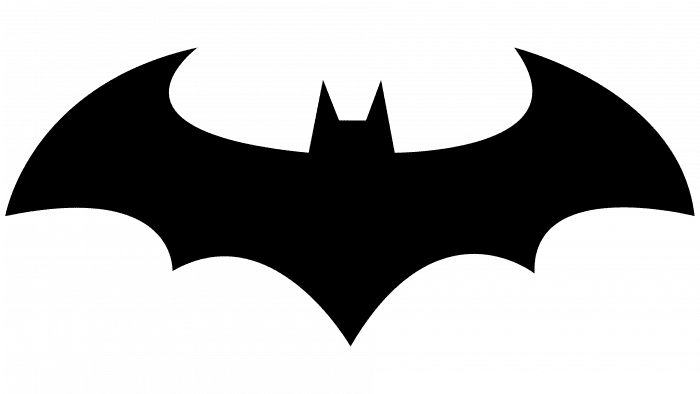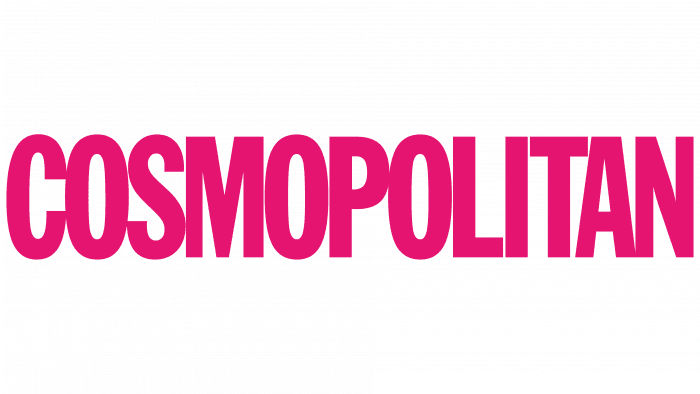The Naruto logo is symbolic and open, representing the vibrant personality of the manga’s main character. Information about the boy is encoded in letters and shapes to be as widely understood by people of different languages and cultures as possible.
Naruto: Brand overview
| Founded: | 1997 |
| Founder: | Masashi Kishimoto |
| Headquarters: | Japan |
| Website: | naruto-official.com |
Meaning and History
The manga’s logo was conceived before the series was printed. It’s made in the graffiti style and includes elements that best characterize the main character: perseverance, naivety, sociability, audacity, and impulsiveness. Interestingly, three forms were used to represent the boy in the emblem: verbal in two languages, and visual. Each form signifies the same thing. This technique emphasizes the manga’s focus on the sole character, his feelings, thoughts, and actions.
What is Naruto?
It’s an illustrated story about the adventures of a teenage boy, consisting of two parts collected in 72 volumes. Two hundred fifty million copies have been sold in 47 countries. Seven hundred twenty anime episodes based on the manga have been produced, dubbed in English. The license in English-speaking countries belongs to Viz Media.
1997 – today
The manga’s logo consists of a voluminous title with white and black outlines. Naruto is the main character’s name. Translated from Japanese, it means whirlwind or maelstrom. In Japan, there’s a body of water with the same name. According to the animated series’ plot, the boy’s teacher, Jiraiya, came up with this name. He was eating ramen soup, which contains pieces of fish cutlet with a pink swirl of dye, which inspired the name.
The font of the inscription is slightly uneven, indicating the hero’s process of self-discovery, search for identity, and love for martial arts. The orange color of the letters symbolizes Naruto’s sociability, interaction with society and friendliness.
White and black outlines around the letters represent duality. They show the presence of light and dark in character and the necessity of choice. The boy remained wild, audacious, and violated norms and rules, yet he was also naive and open.
This approach also speaks of the hero’s environment. The ninja encounters both positive and negative characters, learns to distinguish them, and fights against evil.
The dark blue background makes the symbols voluminous and bright to convey Naruto’s multifaceted personality and his thrilling adventures.
On the right side, there’s the manga’s name in Japanese in red font. Interestingly, the English version is chosen as the leading one in the logo, which indicates the desire for global reach for the comic.
In the background, there’s a raspberry-colored spiral, considered a symbol of Naruto’s home. This symbol points to the unity of all clans making up the settlement, specifically the Uzumaki clan.
The spiral also resembles a whirlpool, in honor of which the boy is named. The form of the swirl perfectly repeats the ingredient in ramen. Interestingly, this soup is also the teenager’s favorite dish.
Font and Colors
The yellow-red-orange gradient represents Naruto as bright, interesting, and kind. The presence of red speaks of impulsivity and excessive emotionality but also indicates the ability to love and bond. As the colors change in the inscription, so does the boy’s active and vibrant character. Complementing the main palette:
- Black – boldness, strength, assertiveness.
- White – naivety, the desire to see the good in people, trust. Light and positive character traits.
- Dark blue – perseverance and hard work in mastering the art of the ninja.
- Raspberry – the color of youth and awakening. It points to the young age of the hero.
The inscription font is original, done in graffiti style to highlight the teenage age of the hero, his rebellious spirit, and the street upbringing of the orphan.
Naruto color codes
| Lust | Hex color: | #de2a12 |
|---|---|---|
| RGB: | 222 42 18 | |
| CMYK: | 0 81 82 13 | |
| Pantone: | PMS Bright Red C |
| Gold | Hex color: | #fed701 |
|---|---|---|
| RGB: | 254 215 1 | |
| CMYK: | 0 15 100 0 | |
| Pantone: | PMS 109 C |
| Violet Red | Hex color: | #ec4b88 |
|---|---|---|
| RGB: | 236 75 136 | |
| CMYK: | 0 68 42 7 | |
| Pantone: | PMS 1915 C |
| Black | Hex color: | #000000 |
|---|---|---|
| RGB: | 0 0 0 | |
| CMYK: | 0 0 0 100 | |
| Pantone: | PMS Process Black C |
| Dark Navy Blue | Hex color: | #00004d |
|---|---|---|
| RGB: | 0 0 77 | |
| CMYK: | 100 100 0 70 | |
| Pantone: | PMS 2755 C |





